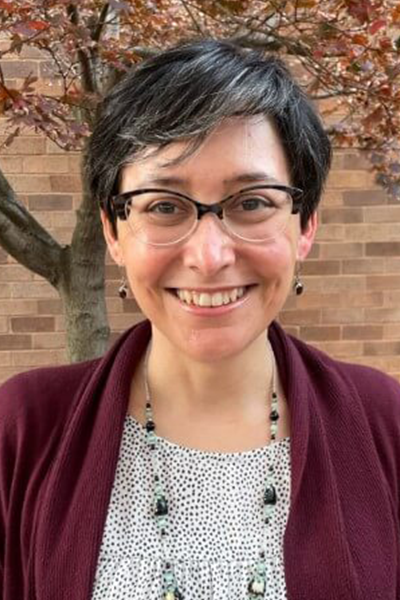
Atmospheric scientist Shaima Nasiri is one of two program managers at the Atmospheric System Research (ASR) program, which resides in the Office of Biological and Environmental Research (BER) at the U.S. Department of Energy (DOE).
She and ASR colleague Jeff Stehr manage a portfolio of university and national laboratory research projects. The focus is on investigations of the interacting atmospheric processes that impact atmospheric predictability: aerosols, clouds, precipitation, radiation, process dynamics, and thermodynamics.
ASR’s mission is to help researchers leverage observational studies and novel data analyses to reduce uncertainties in models.
“We need to understand which processes are important when, so we can tell the modelers what to include” from multiple sources of observational data and data analysis, says Nasiri, who in January 2023 was honored as an American Meteorological Society (AMS) Fellow.
Going outside ASR to represent DOE and coordinate with other federal agencies is part of the job. Nasiri belongs to the Interagency Council for Advancing Meteorological Services (ICAMS) Committee on Research and Innovation. She is also a member of the U.S. Group on Earth Observations (USGEO), a federal interagency partnership on civilian Earth observation activity. It’s a subcommittee of the White House National Science and Technology Council.
Nasiri is also co-chair of USGEO’s Satellite Needs Working Group (SNWG), which conducts a biennial collection of federal agency satellite earth observation needs for NASA to consider as part of its satellite systems engineering and budgeting processes. The SNWG satellite survey process has led to new satellite data products, broader access to commercial data sets, and improved data discovery.
In 2014, Nasiri joined ASR from Texas A&M University as part of a job-sharing “mobility program” outlined by the 1970 Intergovernmental Personnel Act. A year later, she elected to stay.
That meant trading a research and teaching career for one managing budgets, curating research, organizing proposal reviewers, and “thinking of the bigger picture,” says Nasiri. “I always saw myself as a problem solver. That’s my job now.”
“I always saw myself as a problem solver. That’s my job now.”
– Shaima Nasiri
Nasiri earned a PhD in atmospheric and ocean sciences in 2004 at the University of Wisconsin-Madison, along with a 1999 master’s degree. As an undergraduate, she studied physics and mathematics at the University of Denver (B.S. 1997). While at the University of Wisconsin-Madison, she focused on visible and infrared radiative transfer and cloud property retrievals from satellite and aircraft instruments.
Nasiri continued that focus, and expanded it to include aerosols, after moving to Texas A&M University in 2006 to begin a faculty career. During a nearly two-decade span of papers, her interests ranged from the radiative properties of cirrus clouds (2001) to the aerosol states useful for predicting lightning (2018). She also taught classes in introductory meteorology, cloud physics, radiative transfer, and remote sensing. When asked if there is anything she misses from her days as a professor, Nasiri responds, “I miss interacting with the students. We had great students at Texas A&M.”
Moving from a single personal niche of atmospheric research to curating research on many topics allows Nasiri “to learn about all the other cool stuff going on,” she says. “In the program manager role, I get to care about a lot more.”

